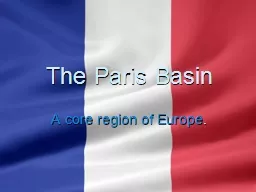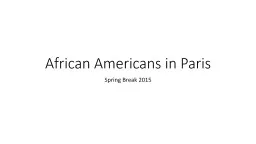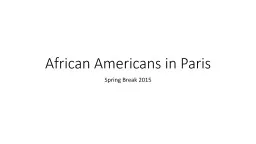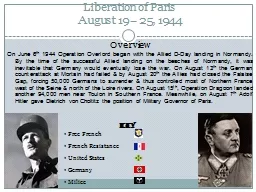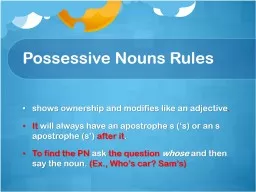PDF-Paris Belongs to All of Us
Author : sherrill-nordquist | Published Date : 2016-11-21
Five Dials Londoners v Parisians r f In the Chanel Tunnel n New Fiction rt bt Why French Bookshops Survive Trial by Oulipo
Presentation Embed Code
Download Presentation
Download Presentation The PPT/PDF document "Paris Belongs to All of Us" is the property of its rightful owner. Permission is granted to download and print the materials on this website for personal, non-commercial use only, and to display it on your personal computer provided you do not modify the materials and that you retain all copyright notices contained in the materials. By downloading content from our website, you accept the terms of this agreement.
Paris Belongs to All of Us: Transcript
Download Rules Of Document
"Paris Belongs to All of Us"The content belongs to its owner. You may download and print it for personal use, without modification, and keep all copyright notices. By downloading, you agree to these terms.
Related Documents


